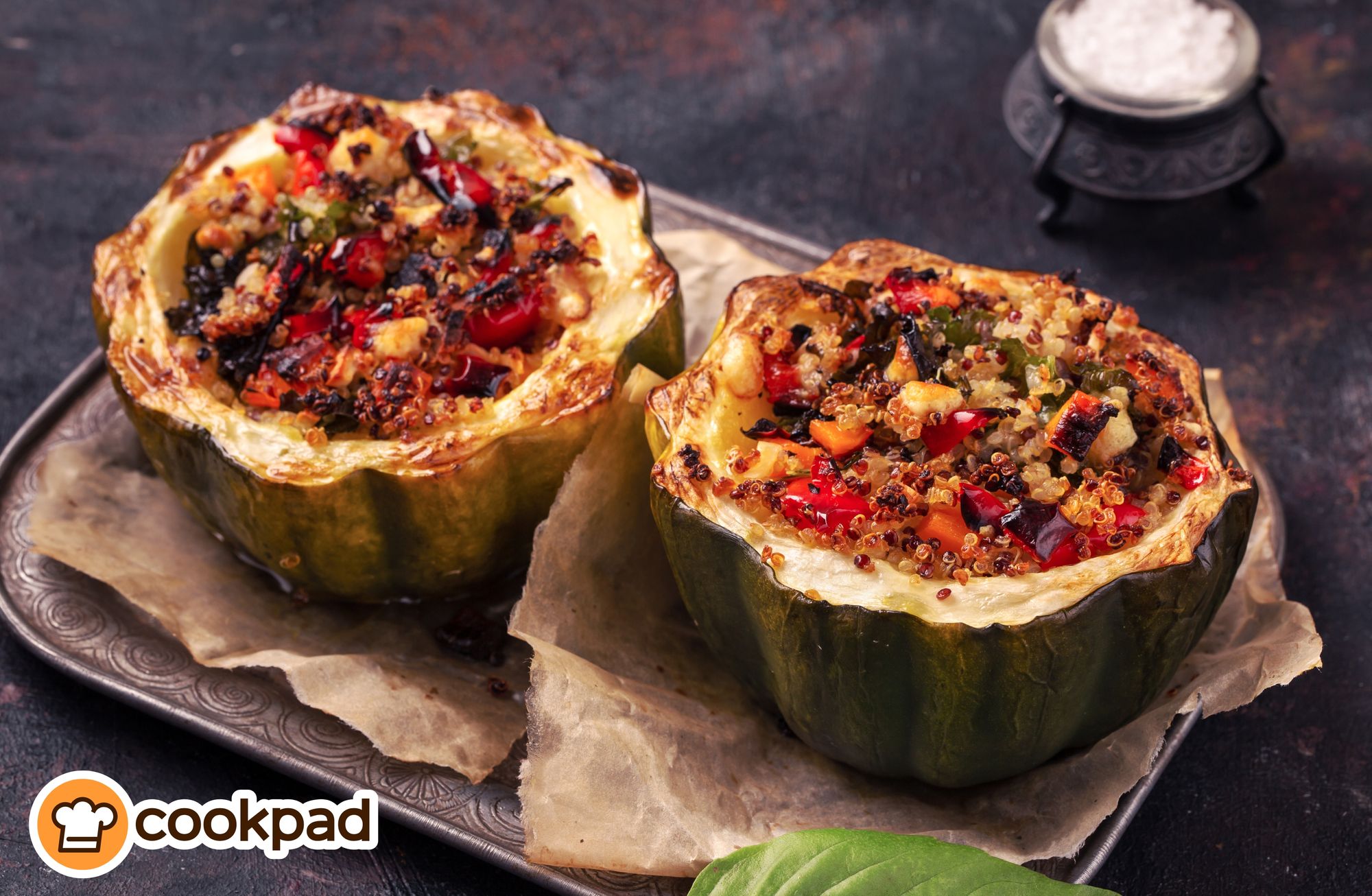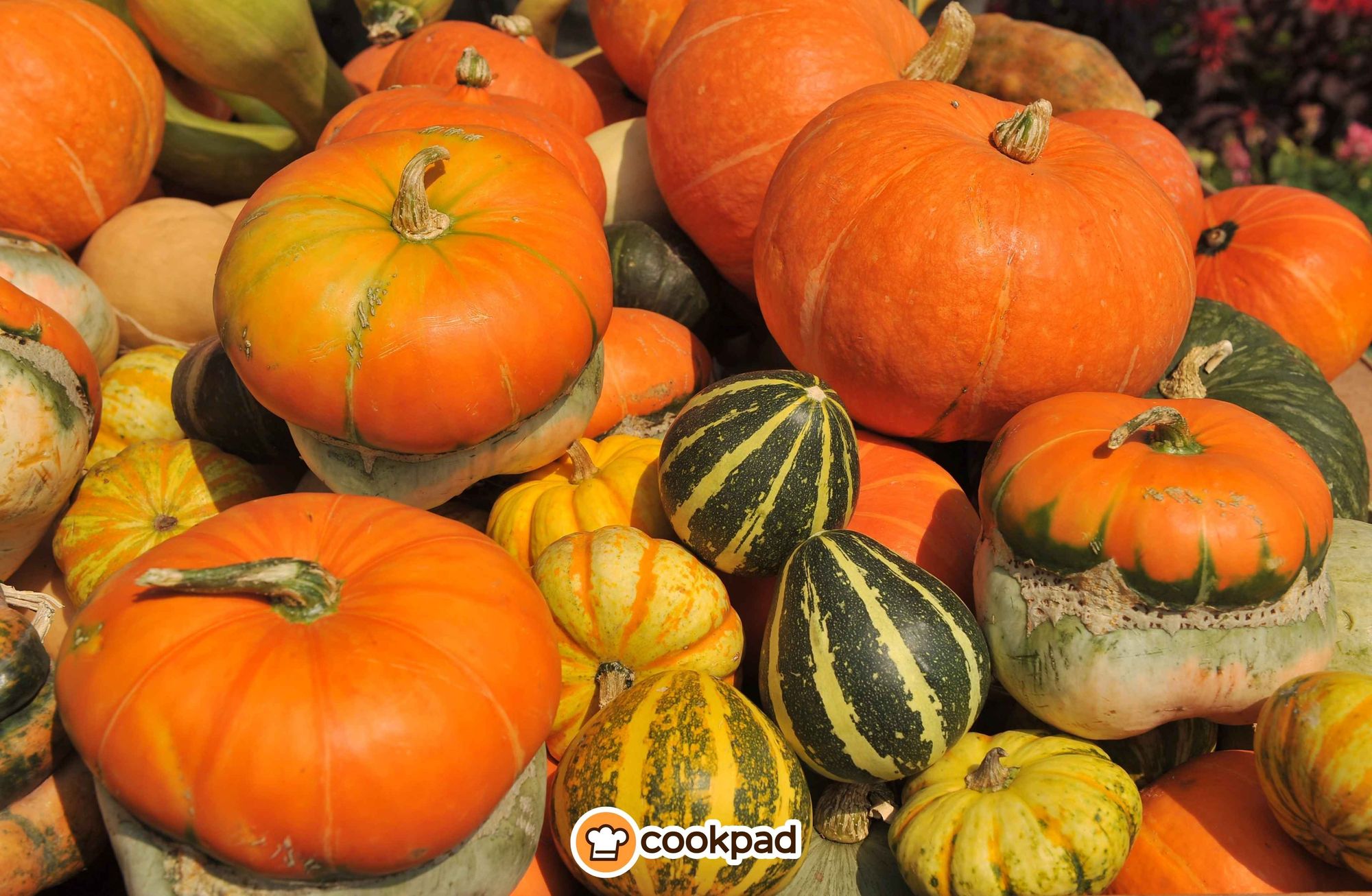When pumpkins fill the markets in autumn, they bring flavour, colour and comfort to our kitchens. Yet, many of us only use part of them — leaving the rest to go to waste. This guide will show you how to use your whole pumpkin, from roasted seeds to soups, bread, and cakes. You’ll reduce food waste and discover just how versatile this seasonal star can be.
Health Benefits of Pumpkin
Pumpkin is rich in beta-carotene, a plant pigment that your body turns into vitamin A — great for eye health and immunity. It also contains vitamin C, fibre, and antioxidants while being low in calories. Whether you roast it, puree it, or bake it into treats, you’re adding a nutrient-packed vegetable to your meals.
Can you eat the whole pumpkin?
When it’s cooked, the entire pumpkin is edible so with some simple tips and great pumpkin recipes, you can cook it all and eat from skin to seed, reducing food waste and getting maximum nutrients and fibre too!
How to Prepare Your Pumpkin
- Wash it well — Scrub the outer skin to remove dirt.
- Cut it safely — Use a large, sharp knife to halve the pumpkin.
- Scoop the centre — Remove the seeds and stringy pulp.
- Separate the seeds — Use a bowl of water to make this easier.
Now let’s see how to cook every part.
🟠1. How to Cook Pumpkin Seeds
Pumpkin seeds are full of protein, fibre, and magnesium — and they’re easy to prepare.
How to cook pumpkin seeds:
- Rinse them and pat dry.
- Toss with olive oil, salt, or your favourite seasoning.
- Roast at 180°C (350°F) for 15–20 minutes, stirring once or twice.
They’re perfect for snacking or sprinkling on salads, soups, or porridge.
Related question: Do you eat the shell of pumpkin seeds?
Yes — roasted shells are safe and add crunch. If you prefer softer seeds, soak them overnight before roasting.



🟠 2. How to Cook Pumpkin Flesh
Once the seeds are out, the flesh is where most of your recipes begin.
Cooking methods:
- Roast it: Cut into cubes, drizzle with oil, add rosemary or chilli flakes, and bake until golden.
- Steam it: For a soft, mashable texture used in soups and baking.
- Puree it: Blend cooked pumpkin until smooth to use in pies, pancakes, or lattes.
Related question: How to cook pumpkin for soup?
Peel and cube the pumpkin, then roast or boil until soft. Blend with vegetable stock, garlic, and cream (or coconut milk) for a smooth texture.
Recipe ideas:
- Creamy pumpkin soup
- Pumpkin curry with coconut milk
- Pumpkin risotto
- Moist pumpkin bread
- Spiced pumpkin cake





🟠 3. Can You Eat Pumpkin Skin?
Many pumpkin varieties have thin, edible skin that softens when cooked. If yours does, there’s no need to peel it.
How to use pumpkin skin:
- Roast pumpkin wedges with skin on for a rustic side dish.
- Blend roasted pumpkin (with skin) into soups for extra fibre.
- Slice and grill pieces for a smoky, caramelised flavour.
Tip: If the skin feels too thick or hard, bake the pumpkin first — it will peel off easily once softened.



Reduce Food Waste — and Enjoy More Flavour
Cooking your whole pumpkin is a simple way to cut waste and get more value from seasonal produce. From crispy roasted seeds to hearty soups and cakes, every part of your pumpkin can bring warmth and comfort to autumn cooking.
All our pumpkin recipes:

Don’t forget to share your Cooksnaps with us so that we can see how your delicious creations turn out!📷💖






